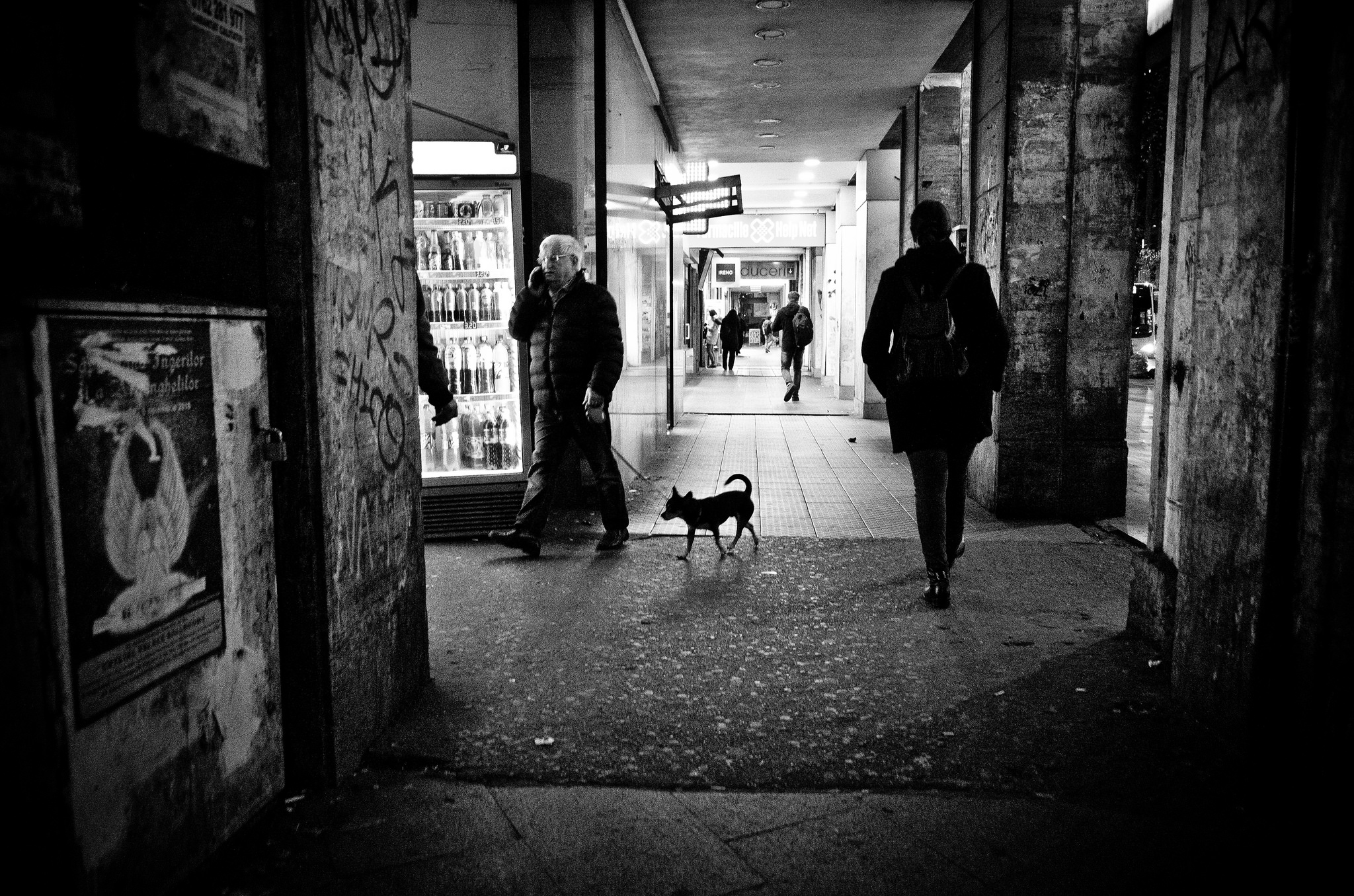Can cities compromise our happiness?
As someone who was born and raised in a relatively small, quiet town, I was overwhelmed by the noisy, populated vastness of Chicago when I began college. I would jump every time I heard a car honking outside my dorm, and shivers would run down my spine at each wailing ambulance. I would look both ways ten times before crossing a street, and always felt anxious to take public transportation. While I was enthralled to be in a beautiful city, it took time for me to adjust to the hustle and bustle of city living. Three years later, I can say I am well adjusted, but at what cost?
Studies have shown that city living can negatively affect a person psychologically; resulting in increased levels of stress, lower immune systems, and higher rates of mood disorders.
It is important to understand the causes behind higher rates of mood disorders in cities, especially being that more people are living in them. The ubiquitous trend of moving to metropolitan areas is rapidly increasing. By 2050, it is estimated that 70% of the world’s population will be living in urban areas rather than rural. Two major categories of people are moving to cities: young professionals and Baby Boomers. Young people are attracted by the plethora of opportunities and the variety of recreational activities that cities provide, while the Baby Boomers are retiring and moving back from the suburbs.
How are people’s brains being affected by the city life?
The answer lies in stress. Stress is embedded within the daily routines of those in the city. A study done by psychologists Marc and Helen Bornstein found that even something so simple as walking speed dramatically differs from those who live in rural areas. They found a linear correlation between people’s walking speed and the population of their area, with urbanites walking at a much quicker pace than their rural counterparts. There are theories that people walk faster because of economic productivity. New York ranks #2 among the largest cities in the world, with Japan coming in as #1. As cities become more populated, wage rates and costs of living are increased, which makes time more valuable and scarce. There is a great sense of impatience and urgency when it comes to city life, which is not as prevalent in rural areas.

Studies have shown that self-reported impatience levels were high among young adults living in cities with a correlation between higher stress and high blood pressure. Impatience can activate the fight-or-flight response, which results in increased heart rates, blood pressure, and the release of stress hormones like adrenaline, noradrenaline and cortisol in the body. While small bursts of this activation response is helpful for energy and alertness, research shows that prolonged exposure to this mechanism can transpire into higher blood pressure levels, a lower immunity which makes it tougher to combat illness, and decreased cognitive performance.
The impatience and sense of urgency that comes with city living is negatively affecting people both physically and psychologically.
What does this stress do to the brain exactly?
A study done by Dr. Andreas Meyer-Lindenberg of the Central Institute of Mental Health in Mannheim, Germany, focused on how people’s brains handle stress differently. He found that the brains of people living in the city handled stress much worse than those who lived in the countryside. His study focused on two regions of the brain, the amygdala and perigenual anterior cingulate cortex (pACC). The amygdala is responsible for assessing threats and creating fear responses, while the pACC regulates the amygdala. Brain fMRI imaging showed more active amygdalas in stressed city dwellers than those who lived in small towns, and even less activated amygdalas in those who lived in the countryside. There was a fascinating find in the pACC’s of subjects that link to where they were raised. Those who grew up in rural areas had the least active pACC’s versus those who grew up in the city. Subjects who were raised in rural areas, regardless of where they lived at the time, showed to have a smoother connection between their amgydala and pACC region than those raised in the city. A weak connection between the amygdala and pACC is often seen among those with schizophrenia, whom of which are much more likely to live in cities.
Studies appear to suggest that city living is associated with 39% more mood disorders and 21% more anxiety disorders.
There are many factors that must be considered within this statistic, such as race, immigrant status and marital status, as those with reported mental disorders have access to health care. What is most interesting, however, is that city living is associated with a decreased rate of suicide, as well as a dramatically lower rate of mortality. Perhaps the complexity of city life inspires us, perhaps not.
Researchers have found a dip in suicide-related deaths in comparison to rural areas, and while the reason is unclear, psychologists believe it may be due to the prevalence of people being more “in your face” in cities, which allows ample opportunity for social connection. Another theory offers the explanation that people who move to cities are less likely to commit suicide. Traffic-related deaths also majorly contribute to a region’s mortality rate. Rural-related automobile accidents are much more prevalent than city accidents, due to the availability of public transportation in the city, which minimizes traffic-related accidents.
After reading these daunting facts and figures, you might feel afraid to live in a city. Being cognizant of these negative implications for your mental and physical health can be beneficial for ways to minimize the incidence of stress, sickness and mental illness. Living in a metropolitan area can be fun and safe if we can learn to curb the stress and fast-paced lifestyle that it encompasses. On other hand, a change could be in order.
